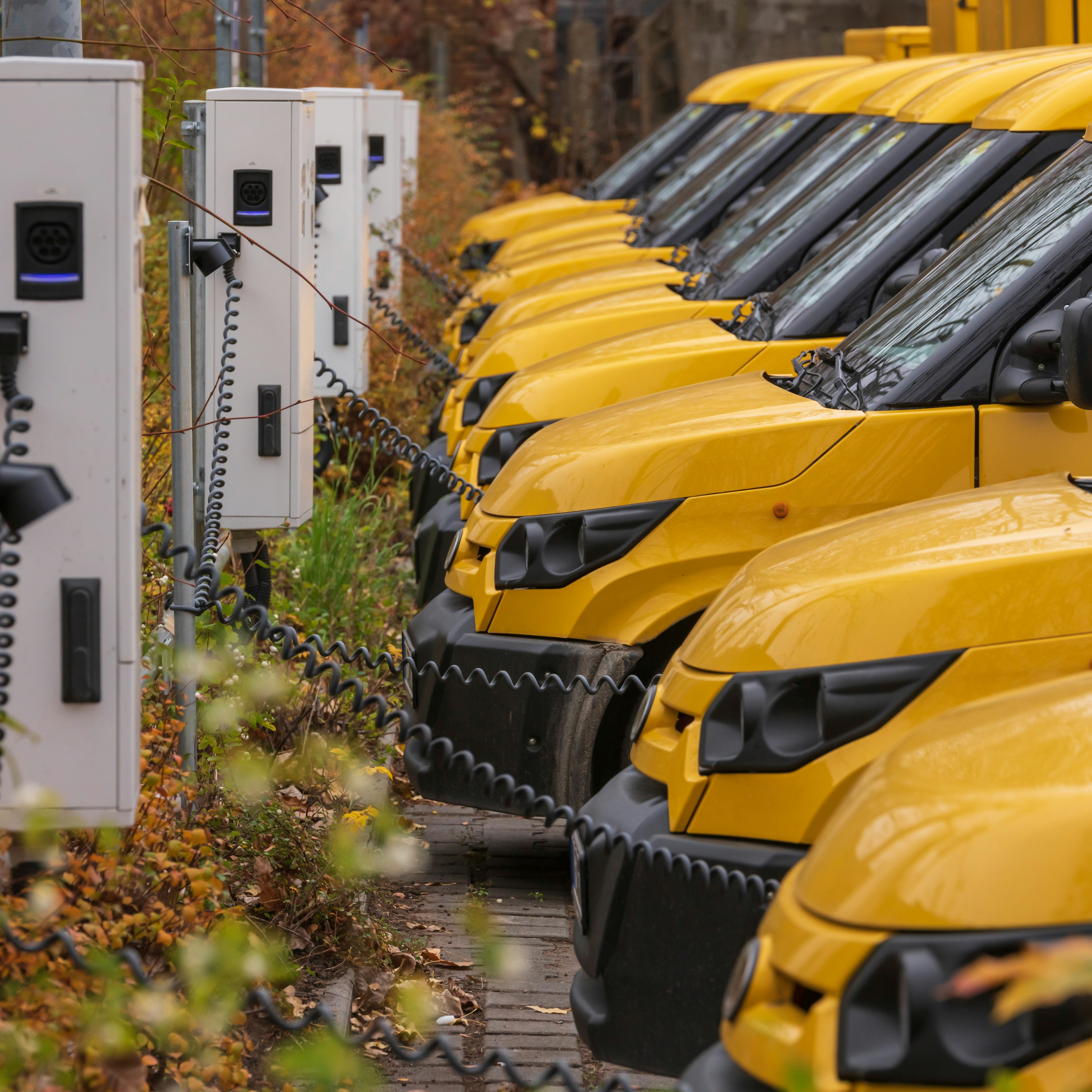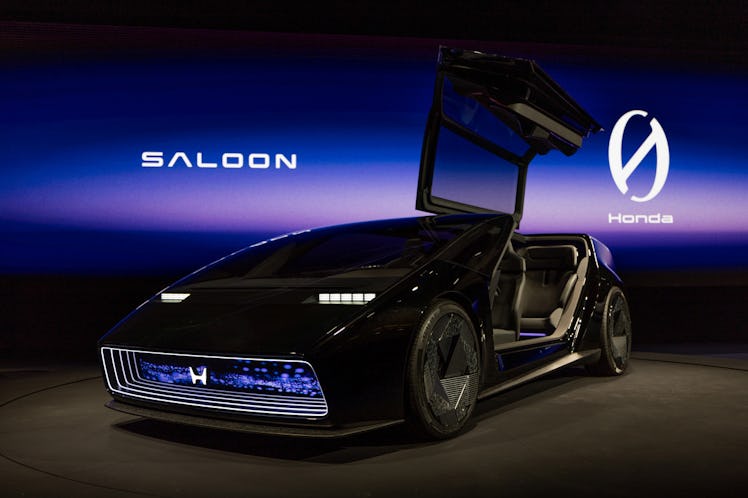Current Trends in Electric Vehicle Technology

As we move into 2024, several key trends in the electric vehicle (EV) landscape are shaping the market. These trends stem from technological advancements, market dynamics, and evolving consumer preferences. Notably, increasing affordability and performance improvements are paving the way for wider adoption, while the competitive landscape is becoming increasingly intense.
Growth and Market Penetration
Electric vehicle sales continue to demonstrate robust growth, with projections estimating that around 17 million electric cars could be sold globally in 2024, accounting for more than 20% of all vehicles sold worldwide. This growth trajectory reflects a jump from approximately 14 million units sold in 2023, indicating a strong commitment to transitioning from internal combustion engine (ICE) vehicles to EVs. The strong sales figures are driven by competition among manufacturers, falling prices, and supportive policies[1][8].
China remains the dominant player in this market, with projections suggesting that EVs could constitute up to 45% of all car sales by 2024, while Europe and the United States are expected to see electric car market shares reach 25% and 11%, respectively[8]. Major factors contributing to this growth include the introduction of fleet-wide electrification policies and incentives designed to bolster domestic manufacturing of both vehicles and batteries[1][8].
Technological Innovations
Recent advancements in EV technology are enhancing performance, battery life, and overall efficiency. Manufacturers are focusing on developing innovative battery chemistries, including solid-state batteries and graphene-based technologies, which have the potential to improve energy density and reduce charging times significantly[9]. Moreover, the commitment to sustainability is driving manufacturers to recycle metals and employ bio-based materials in battery production, greatly reducing the environmental impact of EVs[9].
Enhanced vehicle functionalities are a significant trend, with many EVs now incorporating advanced autonomous features and connectivity options. This includes the integration of artificial intelligence (AI) in driving systems, allowing for higher levels of automation, particularly in urban environments[6][9]. For instance, BMW has introduced augmented reality (AR) technologies to improve navigational capabilities and enhance driver awareness[7].
Competitive Dynamics
The electric vehicle market is becoming increasingly competitive, especially with a surge of Chinese automakers like BYD and Nio making significant inroads in Europe and other previously untapped markets[3]. These companies are not only capitalizing on the growing global demand for EVs but are also benefiting from the competitive pricing of their vehicles, which often undercut traditional car manufacturers[6][8].
Traditional manufacturers are also ramping up efforts in the EV space. Various legacy automakers are enhancing their electric line-ups, introducing models that can compete effectively in terms of both performance and price. This is evident with vehicles like the electric Range Rover and the Hyundai Ioniq series, both seeking to establish a foothold in a segment previously dominated by Tesla[2][3].
Policy and Economic Influences
Government policies continue to play a crucial role in the propagation of electric vehicles. Various nations are rolling out stricter emissions regulations, alongside incentives for EV adoption and manufacturing. The Inflation Reduction Act (IRA) in the United States is one example, aiming to stimulate domestic EV and battery manufacturing through subsidies[8]. However, challenges remain, particularly as consumer subsidies in several regions are being phased out, which may temporarily hinder growth despite overall improving market conditions[4][6].
Consumer Preferences and Market Dynamics
As consumer preferences evolve, the inclination towards eco-friendly transportation is becoming clearer. Surveys indicate that a growing number of consumers plan to switch from ICE vehicles to electric models, with 42% expressing a desire to own an EV for their next car purchase[6]. However, affordability remains a significant barrier; despite many consumers indicating a shift to electric, pricing strategies will be crucial in ensuring mass-market uptake. EVs still tend to be more expensive than their ICE counterparts, especially in Europe and the United States[8].

Additionally, the impact of second-hand electric car markets is gaining traction, providing more flexible options for buyers. The second-hand market is starting to grow rapidly, driven primarily by the influx of used EVs from established markets into developing regions[8][9].
Conclusion
The trajectory of the electric vehicle industry looks promising as we progress into 2024. With increased sales, innovations in battery technology, a more competitive marketplace, and supportive governmental frameworks, the landscape for EVs is evolving. However, pricing and policy dynamics will significantly influence the pace at which electric vehicles achieve mass-market acceptance. As advancements continue and consumer attitudes shift, electrification is poised to play a central role in the future of global transportation.
Get more accurate answers with Super Pandi, upload files, personalized discovery feed, save searches and contribute to the PandiPedia.
Let's look at alternatives:
- Modify the query.
- Start a new thread.
- Remove sources (if manually added).